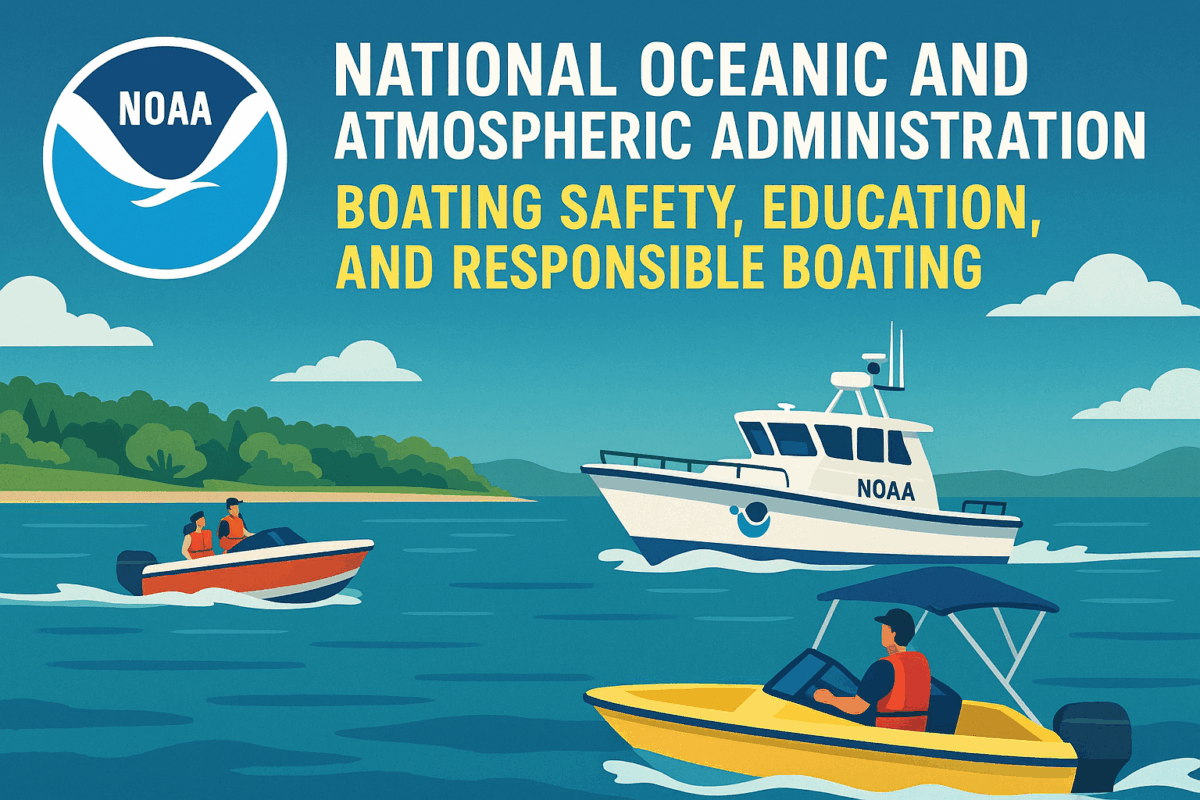Call: 1-800-832-7191

NOAA Interactive Maps
Discover Coastal Data with NOAA Interactive Maps
NOAA Interactive Maps provide powerful tools for exploring marine environments, weather conditions, and coastal changes. These maps offer real-time data, helping boaters, scientists, and educators make informed decisions. With layered visuals and interactive features, users gain access to critical environmental insights. Whether planning a trip or studying climate trends, NOAA Interactive Maps deliver reliable information quickly.
Real-Time Marine Insights for Safer Navigation
First and foremost, navigating coastal waters requires accurate, up-to-date information. NOAA’s maps display wind speeds, wave heights, and sea surface temperatures instantly. Users can switch between layers to view nautical charts, satellite imagery, and marine forecasts. This flexibility improves safety and supports smarter route planning.
Additionally, NOAA Interactive Maps integrate with GPS systems. This feature enhances precision and situational awareness. Boaters can avoid hazards, monitor weather changes, and adjust plans confidently. Researchers also benefit from real-time updates, allowing them to track ocean currents and environmental shifts effectively.
NOAA Interactive Maps Support Coastal Planning
Coastal communities face rising challenges from erosion, flooding, and sea level changes. These maps help visualize these risks clearly. Planners use them to overlay historical data with current conditions, identifying vulnerable areas quickly. This proactive approach supports sustainable development and emergency preparedness.
Essentially, transitioning from static charts to interactive maps improves efficiency. Users can download specific regions or customize views for presentations. These features make the maps ideal for public outreach and education. Sharing visual data builds awareness and encourages responsible coastal management.
User-Friendly Tools for All Experience Levels
NOAA designs its maps for a wide range of users. Recreational boaters appreciate the simple interface and mobile compatibility. Scientists rely on advanced data layers and export options. Educators use the maps to teach geography, marine biology, and climate science effectively.
Furthermore, interactive features include clickable icons, pop-up data windows, and adjustable overlays. These tools make exploration engaging and informative. Users can zoom into harbors or scan entire coastlines. NOAA turns learning into an immersive experience, encouraging curiosity and deeper understanding.
Stay Ahead with NOAA’s Mapping Technology
Technology continues to evolve, and NOAA adapts quickly. Their interactive maps now include predictive modeling and AI-enhanced forecasting. These innovations help users anticipate weather shifts and ocean changes with greater accuracy.
Collaboration also plays a key role. Users can share map views, annotate regions, and contribute observations. This community-driven approach improves data quality and fosters innovation. Whether you’re sailing solo or working in a research team, NOAA Interactive Maps empower smarter decisions.
Conclusion
Lastly, NOAA Interactive Maps revolutionize how we explore and understand coastal environments. They offer real-time data, intuitive tools, and advanced forecasting capabilities. With broad applications across boating, science, and education, these maps are essential for anyone navigating or studying marine spaces. Dive into NOAA Interactive Maps today and experience a smarter way to explore the coast.
